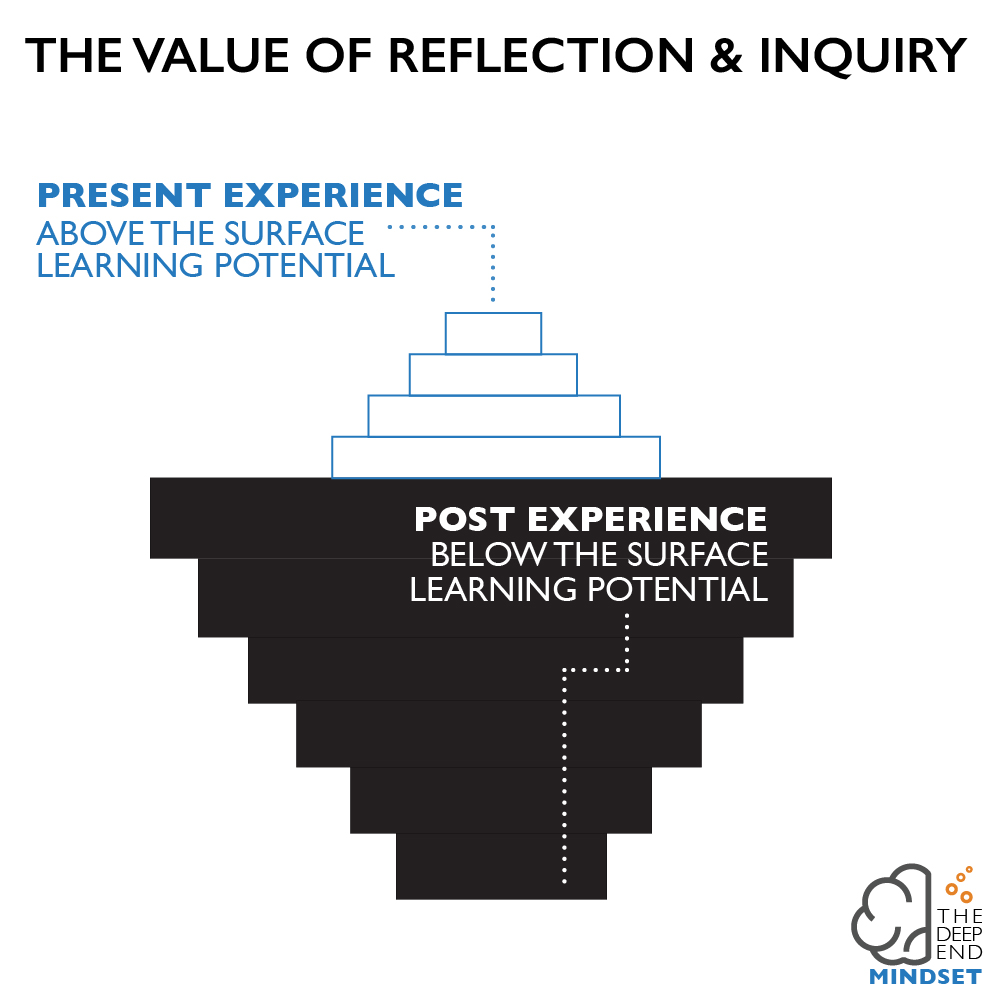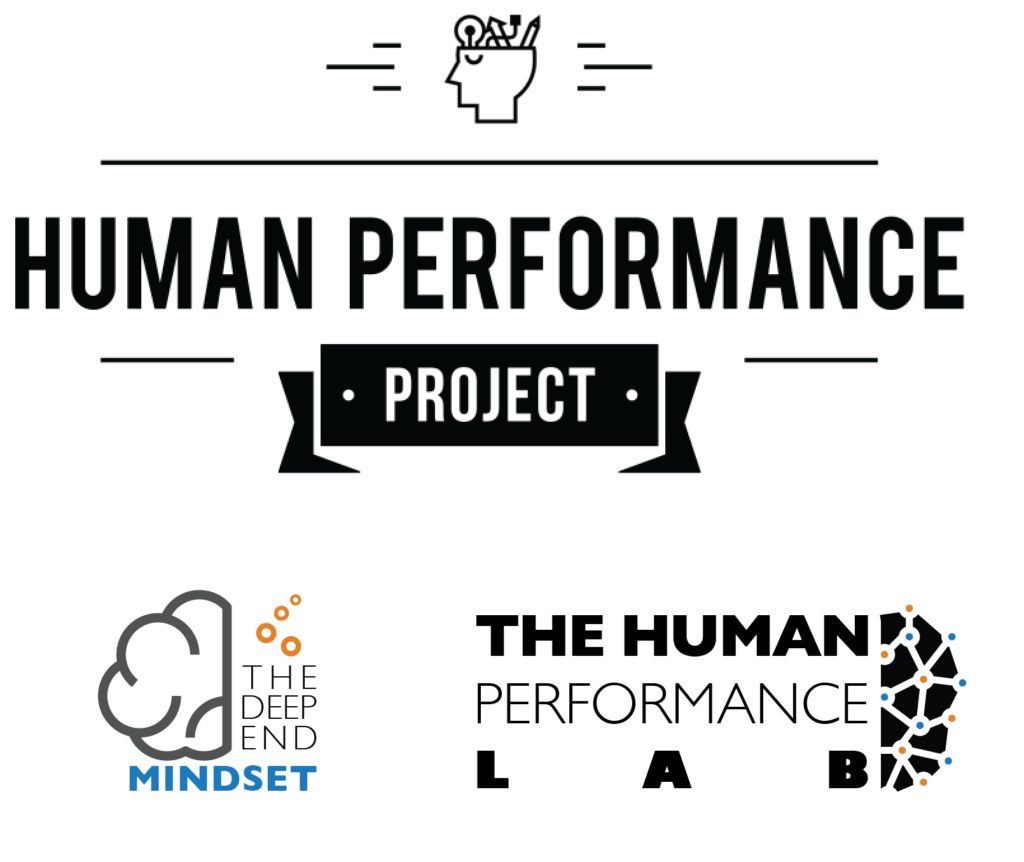High Stakes
You sit back down in your comfy boardroom chair after giving a big presentation on a project you’ve been working on for the past 3 months.
You’re with senior leaders and key stakeholders. And you nailed it. You remain cool and collected, but just under the surface your beaming with pride.
One of the key leaders begins to speak up. You’re sure they are about to sing your praises and shower you with complements…
What comes next sparks a total chemical highjacking of your rational mind.
“Thanks for the presentation…
The overall flow was good, but here are a few things I was hoping to see and was expecting from you in this project…”
Your leader proceeds to read you a list of shortcomings they observed in the work you have done for the company. Depending on the person this comes either gently or like a hurricane – either way, your interpretation is that you missed the mark…”
Fight or…
Your blood starts to boil.
You feel you are being falsely accused of an egregious crime.
Immediately your mind flips into high gear, thinking of all of the ways that leader failed to support you during your project.
“if you had only supported me with this initiative…
if you had only given me feedback at this point…
if you had only paid more attention when giving me approval here…”
And you, yes you, have already lost.
Building Our Walls of Jericho
The paradox is that we justify this animalistic reaction as self defense – building a wall of evidence that will keep the bad guy out…
In reality, we’re building a wall around ourselves – blocking the paths to transparent and productive exchanges.
A ‘quicksand’ moment.
Our primal reaction when sinking in quicksand is immediate: fight or flight. Do whatever I can to escape the danger. Kicking and flailing our intention is to protect ourselves by getting out of as fast as possible. Of course we all know this is counter intuitive to survival. Instead, taking a deep breath, remaining calm and resisting the urge to get our guard up is the first key to our best shot at getting out alive.
Despite feeling the fight or flight blood pumping when you receive challenging feedback, it is our mindfulness to remain calm, open and receptive that opens to door to managing a successful exchange.

Suggested Post:
One Piece of Career Advice More Valuable than Title, Salary, or Status
Bigger Than the Moment
And this isn’t just a ‘white-collar in-the-boardroom self-preservation-survival-strategy’.
The mindfulness you summon will actually change the trajectory of your learning, your relationships, and ultimately your ability to shine as a leader in your community.
By receiving criticism without acting on the gut-reaction to defend we are able to separate the emotional-humanistic nature to fight from the empathy we possess to learn from each other and every experience life offers.
Leveraging this empathy in the moment of truth gives us the lens to justify criticism as a way to learn, grow or observe versus a feeling the burden of a personal attack.
This provides us the opportunity to remain rational and collected, but more importantly it disconnects us from the negative storytelling pattern of resentment our egos would happily have us settle into with the primal threat in question.
Next Time, Keep in Mind
There is a thread of animal and a thread of empathy pulsing through every conversation…
Which are you choosing to embrace?
Are you building up walls and locking yourself down, or opening up your arms accepting of a new opportunity to grow?
I hope to see you on the other side.
image credit: elizabeth lies
Subscribe for a monthly dose of inspiration… Similar to what you just read above!


